Contact: ecc11-org (at) nonlineaire.univ-lille1.fr
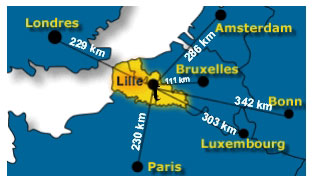
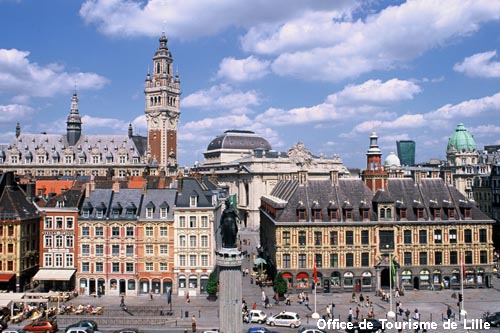
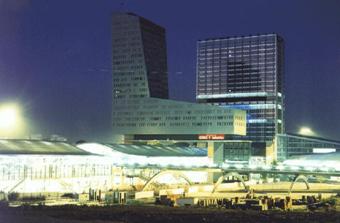
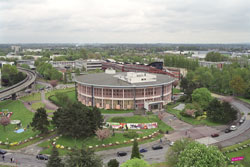
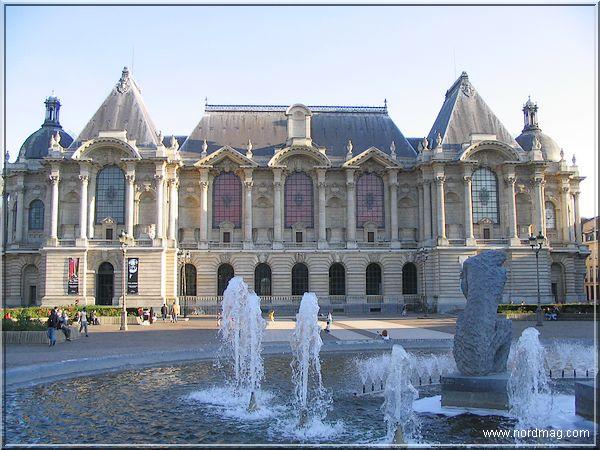
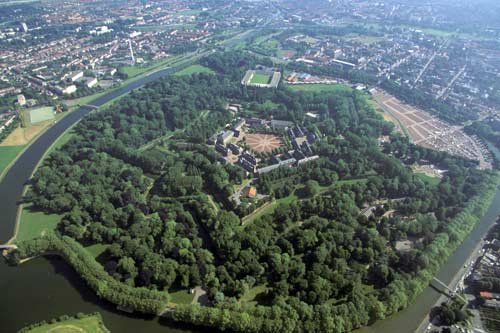
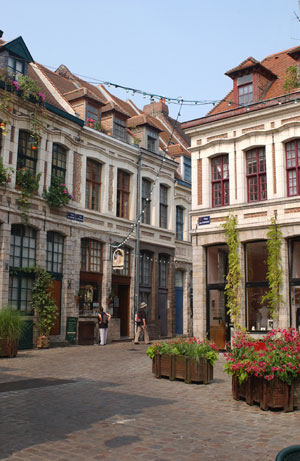
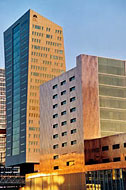
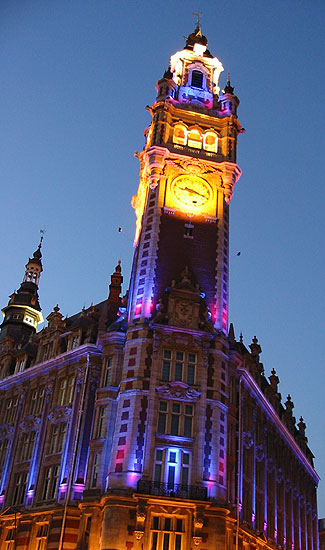
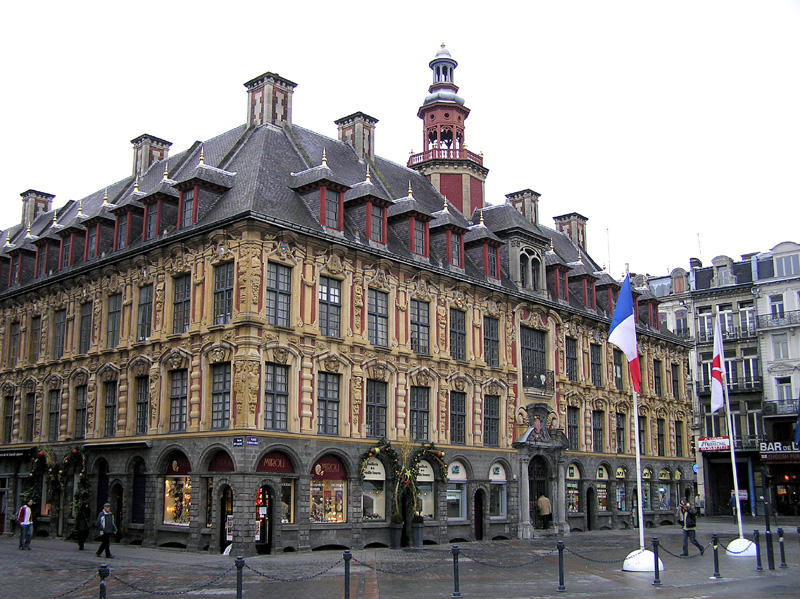
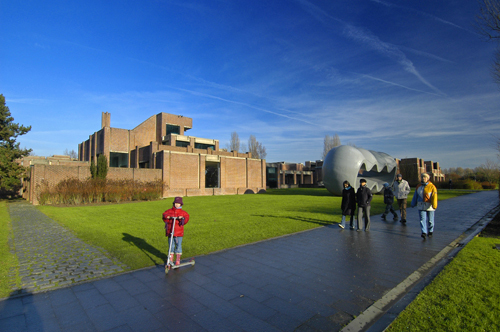

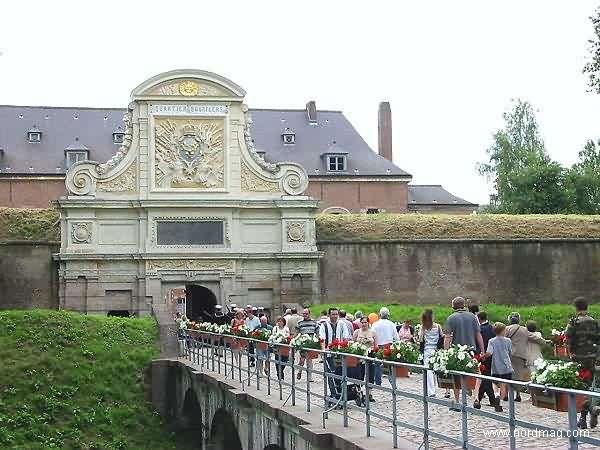
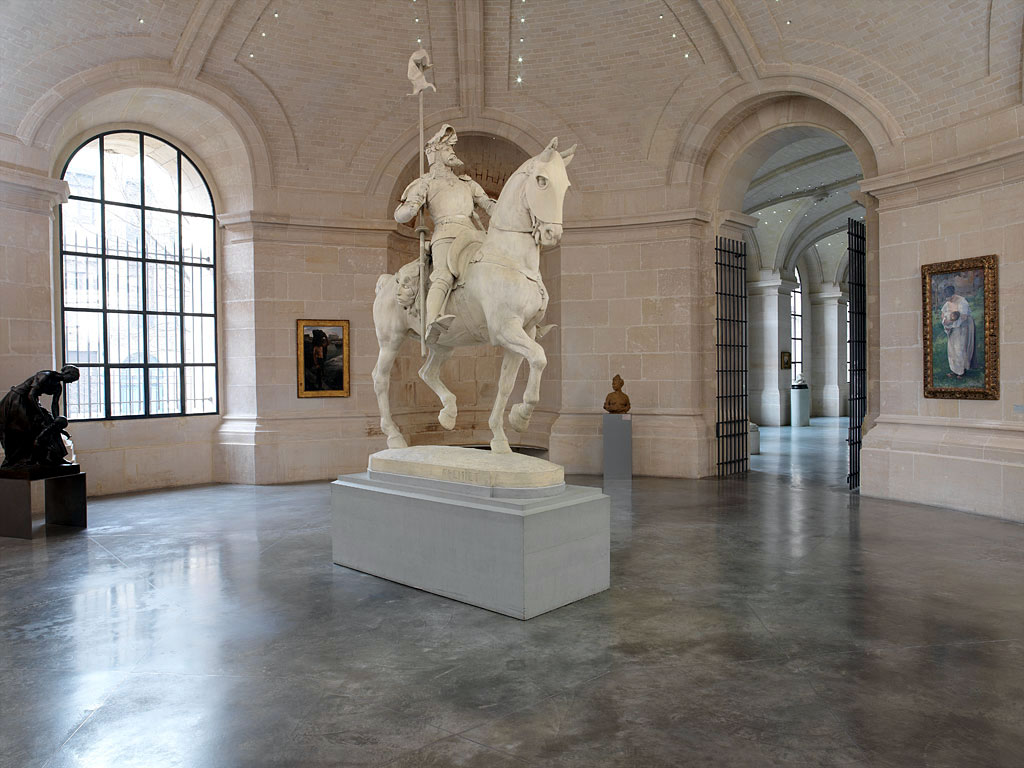
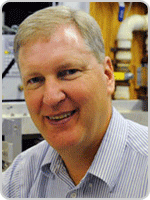
Steven M. ANLAGE
Center for nanophysics and advanced materials, University of Maryland
http://www.cnam.umd.edu/anlage/AnlageHome.htm
Prof. Steven Anlage is an
experimental physicist working on wave/quantum chaos, time-reversed wave
physics, low-temperature physics, metamaterials, and near-field microscopy.
Wave/Quantum Chaos: universal properties and practical applications
Chaos is a ubiquitous phenomenon in the classical world. It appears in dripping faucets, human heartbeats, electrical circuits, lasers, etc. However, there is now interest in the wave and quantum properties of systems that show chaos in the classical (short wavelength) limit. These 'wave chaotic' systems appear in many contexts: nuclear physics, acoustics, two-dimensional quantum dots, and electromagnetic enclosures, for example. It has been hypothesized that Random Matrix Theory (RMT) makes predictions for many universal fluctuating properties of quantum/wave systems that show chaos in the classical/ray limit. Microwave cavities, with classically chaotic ray dynamics, have proven to be a fruitful test-bed for the experimental tests of universal fluctuations in wave-chaotic systems. We have developed a microwave cavity experiment that mimics solutions to the Schrödinger equation for a two-dimensional infinite square well potential, and developed protocols to eliminate system-specific details (coupling, short-orbits) that would otherwise obscure the underlying universal properties. I will present experimental tests of RMT predictions of both closed and open quantum systems, as simulated by our microwave cavity analog experiment [1]. As a specific example we have examined quantum interference effects in the transport properties of mesoscopic systems, as simulated in the microwave cavity. The Landauer-Büttiker formalism is applied to obtain the conductance of a corresponding mesoscopic quantum-dot device, and we find good agreement for the probability density functions of the experimentally derived surrogate conductance (universal conductance fluctuations), as well as its mean and variance, with the theoretical predictions based on RMT. We are also investigating the physics of fidelity decay (a concept borrowed from quantum mechanics) through measurement of the Loschmidt echo with classical waves. These studies exploit ray chaos and a single-channel time-reversal mirror, and have led to development of a new class of wave-based sensors [2].
[1] Jen-Hao Yeh, James Hart, Elliott Bradshaw, Thomas Antonsen, Edward Ott, Steven M. Anlage, "Universal and non-universal properties of wave chaotic scattering systems," Phys. Rev. E 81, 025201(R) (2010).
[2] Biniyam Tesfaye Taddese, James Hart , Thomas M. Antonsen, Edward Ott, and Steven M. Anlage, "Sensor Based on Extending the Concept of Fidelity to Classical Waves," Appl. Phys. Lett. 95 , 114103 (2009).
* In collaboration with Thomas Antonsen, Edward Ott, Biniyam Taddese, Jen-Hao Yeh, Elliott Bradshaw, and James Hart. This work is supported by AFOSR and by ONR MURI N000140710734 and ONR DURIP N000140710708. For more information and reprints, see http://www.cnam.umd.edu/anlage/AnlageHome.htm.